Warden Tunnel
Warden Tunnel
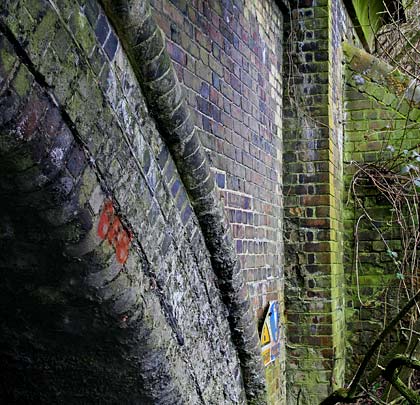
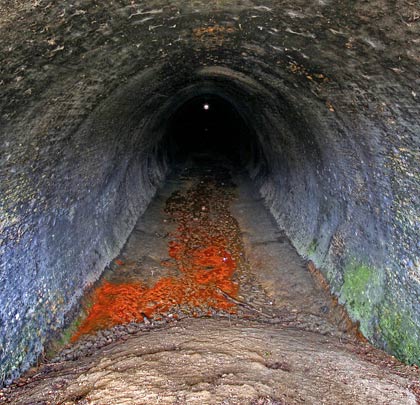
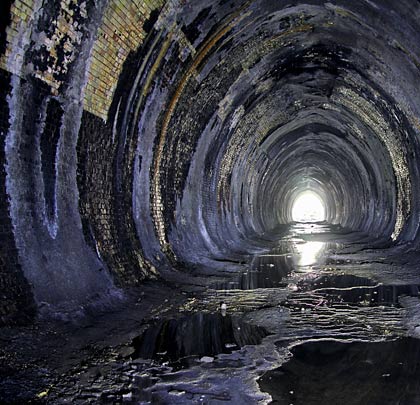
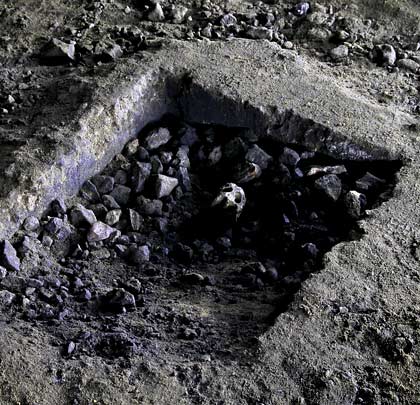
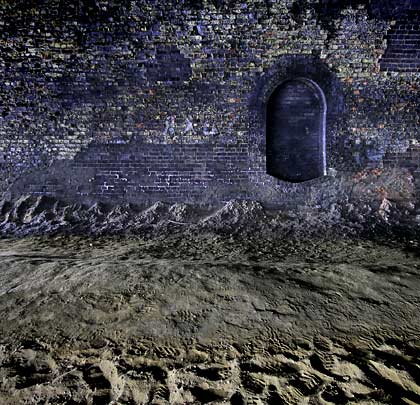
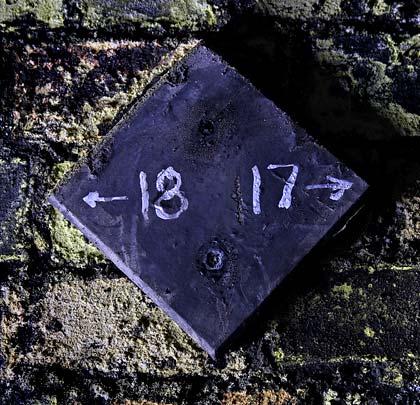
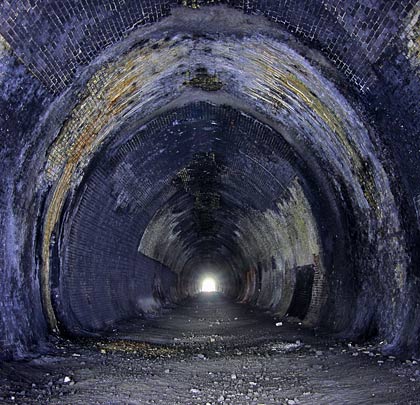

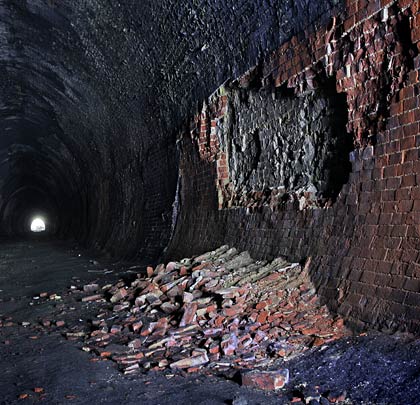
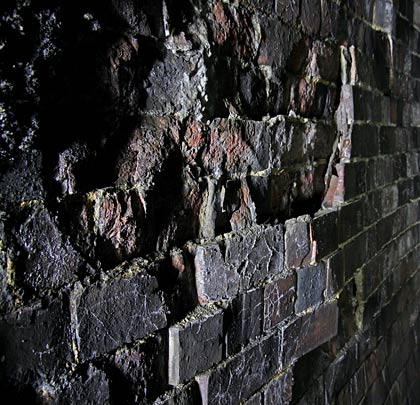
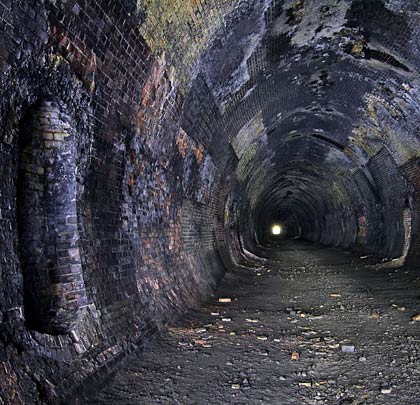
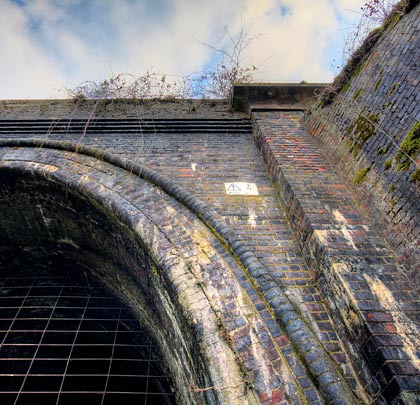
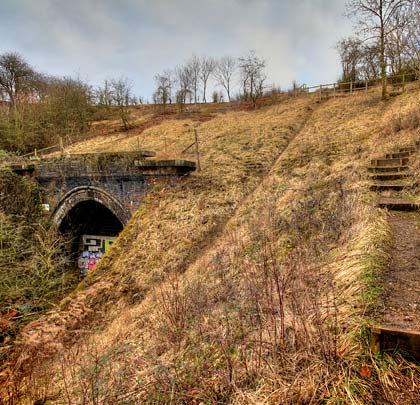
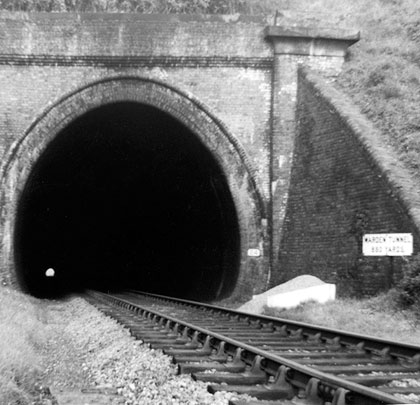
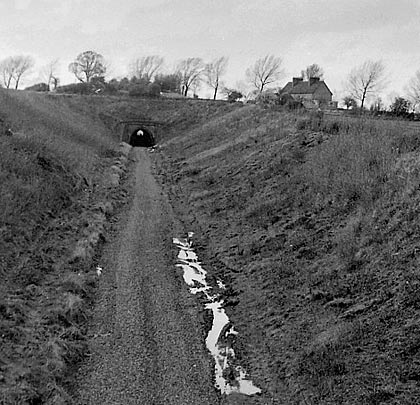















Keen to secure its own route into the capital rather than relying on the London & Birmingham, the Midland Railway surveyed a route from Leicester to Hitchin in 1847. Although authorisation was granted, financial turbulence ensured no work began on it until 1852.
To the south of Bedford, the double track line penetrated a ridge by means of a straight tunnel, 880 yards in length and climbing to the south on a gradient of 1:120. Although none is apparent within the tunnel, earthworks above suggest that at least two shafts were sunk to expedite its excavation. This is supported by localised areas of water penetration from the crown. Thomas Brassey acted as the route’s principal contractor.
Colonel Yolland inspected the works for the Board of Trade on 29th April 1857, mineral traffic having started two weeks earlier. The first passenger trains ran on 8th May. Through services to London were introduced from February 1858, using Great Northern metals from Hitchin to King’s Cross. Traffic was diverted to St Pancras in 1862, courtesy of an extension of the Midland Main Line southwards from Bedford, effectively relegating the Bedford-Hitchin route to that of a rural branch. The section of line through the tunnel was singled in 1911.
On Saturday 10th June 1865, Henry Farmer, a fireman on a southbound goods train, caught his foot as he stepped from the tender onto the footplate whilst passing through the tunnel. He fell off, hitting the sidewall and landing across the nearest rail. This resulted in the train severing his right foot and left leg below the knee.
Warden Tunnel is predominantly brick built, with just the portals’ copings in stone. Triangular wing walls meet buttresses either side of the entrances, which reveal a horseshoe-shaped profile.
The lining comprises six rings of brick and has been extensively patch-repaired. In places, water ingress is considerable, washing away soot deposits and resulting in some puddling, particularly towards the southern end. Although infilled, a number of catchpits are apparent down the tunnel’s centreline. Refuges are inserted in both sidewalls, many appearing elevated due to ballast removal following closure. A few tablets remain fixed to the west wall, indicating the numbers of the nearest refuges.
Passenger services had been withdrawn prior to the Beeching cull, the last train heading northwards from Hitchin in the evening of Saturday 30th December 1961. Goods services ended in 1964, with the line officially closing on 28th December. Before the track had been lifted, the tunnel enjoyed a belated moment in the limelight, starring in Those Magnificent Men in their Flying Machines. The short scene involved landing a plane on the roof of a train.
The north portal is now partly bricked-up, with a hole for inspection access and space above to allow bats to enter. The tunnel acts as a hibernaculum and the surrounding area has been transformed into a nature reverse. At the south end, the approach cutting is infilled, with the spoil heap sloping down into the tunnel mouth.








